Treatment for gum recession

specialists

equipment

treatment
Clinical manifestations of gum recession

The departure of the gum from the tooth and exposure of its root manifests itself clinically in a variety of ways. Each of these symptoms may indicate certain diseases in the oral cavity.
One of the common signs of recession is bleeding and swelling of the gums, as well as changes in their color. This may be an indicator of periodontitis.
Another manifestation is the peeling of the gum from the tooth, the formation of pockets. This may indicate an advanced stage of periodontitis, often accompanied by purulent formations and bad breath, which increases the risk of tooth loss.
Pale or whitish gums may be a symptom of periodontitis, which is characterized by impaired blood microcirculation and leads to thinning and weakening of the gums.
Increased sensitivity, especially to temperature or sweets, is a consequence of exposed roots. This increases the risk of developing caries in these areas.
If teeth become loose, this may indicate serious damage to periodontal tissues.
Localized gum recession affecting one or two teeth often occurs due to mechanical trauma, such as improper use of toothpicks.
Consequences

Complications of gum recession can be varied and serious. In addition to aesthetic problems and psychological discomfort associated with the visibility of exposed tooth roots, there are a number of functional disorders:
- Sensitivity increases. This occurs because the roots are exposed, making them more susceptible to external irritants such as cold, heat or sugary foods
- Development of caries. Bare areas become especially vulnerable, where caries can develop rapidly
- Dentition deformation. Due to gum recession, a change in the position of the teeth in the jaw may occur
- Swelling. The gums may become red or bluish, indicating inflammation
- Wedge-shaped defects. Areas of damage form as a result of loss of enamel and dentin
- The appearance of periodontal pockets. These are depressions between the edge of the gum and the tooth, formed due to the destruction of the periodontal junction
If gum recession is not treated promptly, teeth can become loose and fall out. Complications negatively affect the overall health of the oral cavity and also affect the psychological state of the patient. They cause embarrassment in communication and reduce self-esteem due to changes in the appearance of the smile.
Classification
There is also a division into visible and hidden recession. Visible is determined during a routine examination, while hidden is diagnosed through special probing methods.
By severity
Here is how it is divided according to the Miller scale:
- First class. This is the initial stage, where the gums are reduced, but the root of the tooth is not yet exposed
- Second grade. Here the gums descend towards the root, but the bone tissue remains intact
- Third grade. There is a noticeable reduction in the gums and beginning atrophy of the bone tissue between the teeth
- Fourth grade. At this stage, maximum atrophy of both soft and hard tissues around the tooth is visible
According to the scale of damage
A recession can also be:
- Local, when one tooth is affected
- Generalized, spreading to most of the jaw or the entire dentition
- Traumatic, occurring due to mechanical damage such as blows
- Symptomatic, often associated with inflammatory processes, for example, with periodontitis
- Physiological, due to the aging process
According to the degree of damage
According to the degree of damage, recession occurs:
- Mild when gum recession is three mm or less
- Medium, with gum recession by three to five mm
- Severe, where the deviation exceeds six mm
General information about gum recession
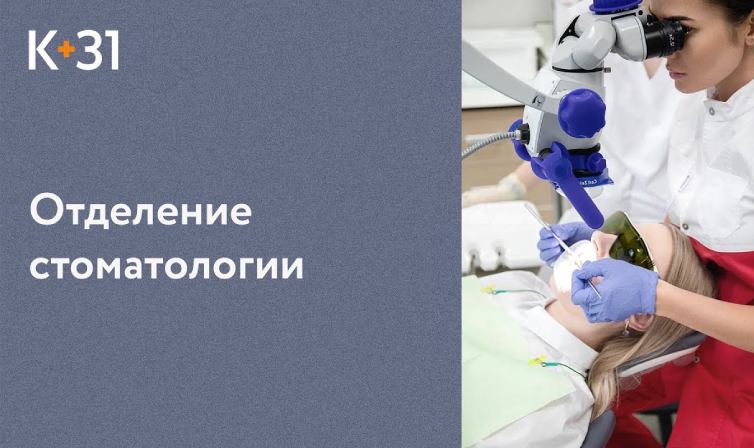
Modern methods of diagnostics and dental treatment at "K+31"
Our doctors

This award is given to clinics with the highest ratings according to user ratings, a large number of requests from this site, and in the absence of critical violations.

This award is given to clinics with the highest ratings according to user ratings. It means that the place is known, loved, and definitely worth visiting.

The ProDoctors portal collected 500 thousand reviews, compiled a rating of doctors based on them and awarded the best. We are proud that our doctors are among those awarded.
Make an appointment at a convenient time on the nearest date
Price
Other Services





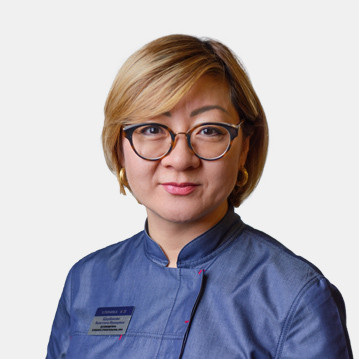
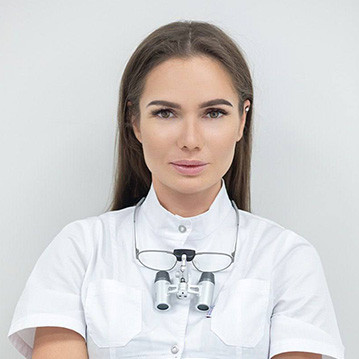
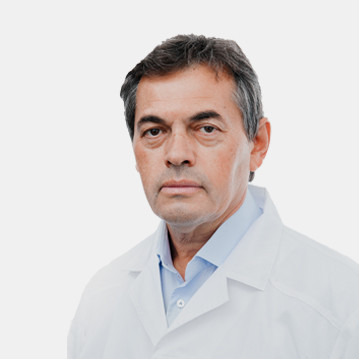
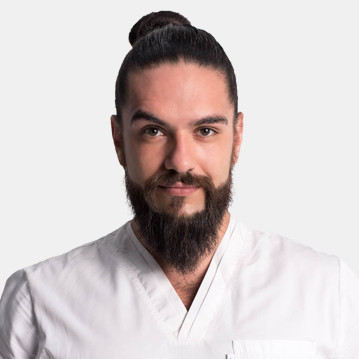
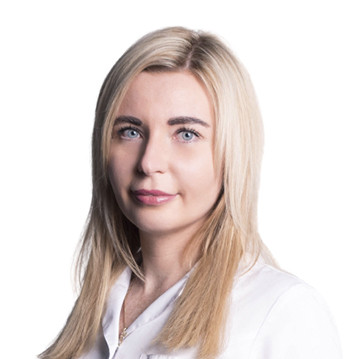
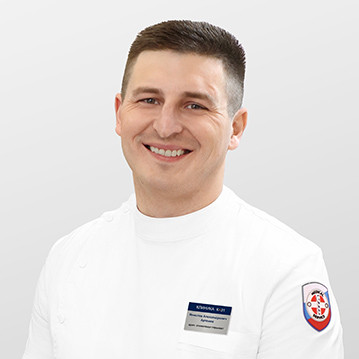
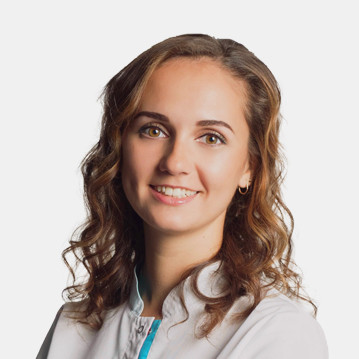
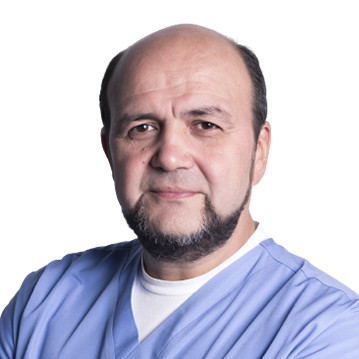
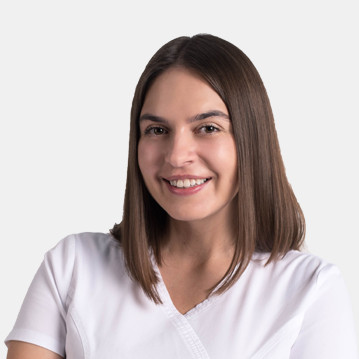
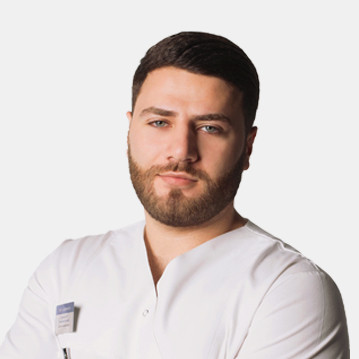
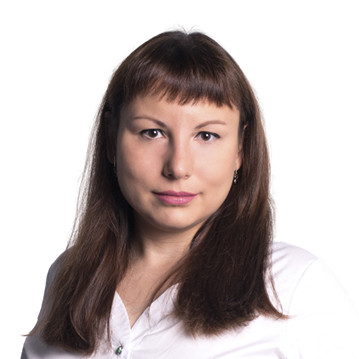
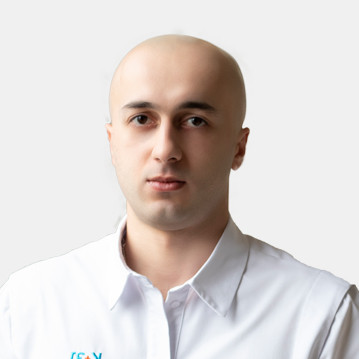
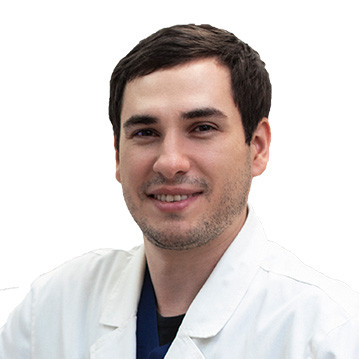
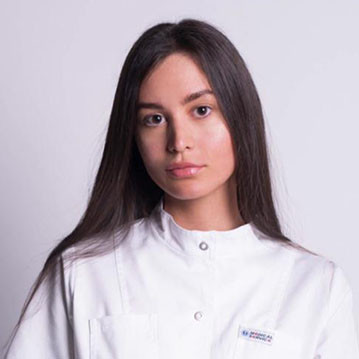
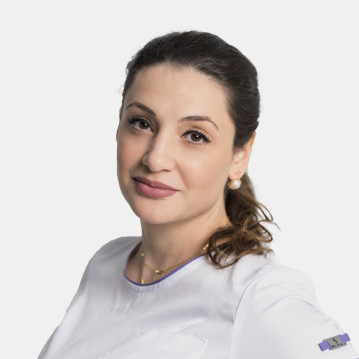
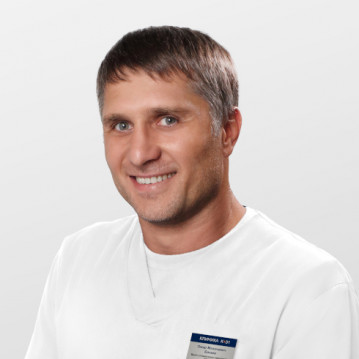
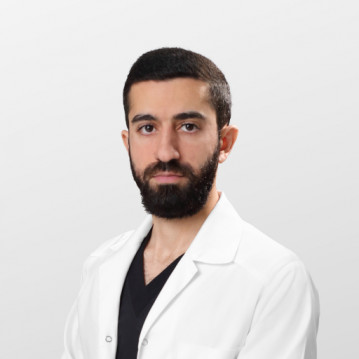
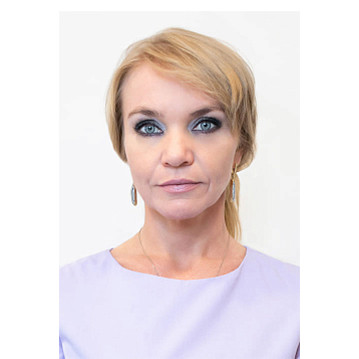
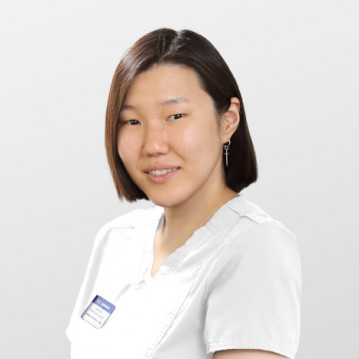
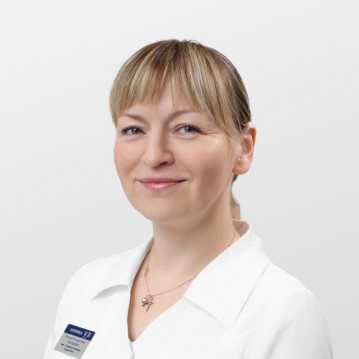
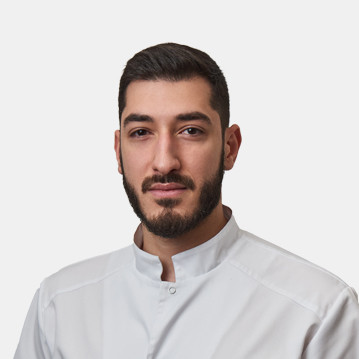
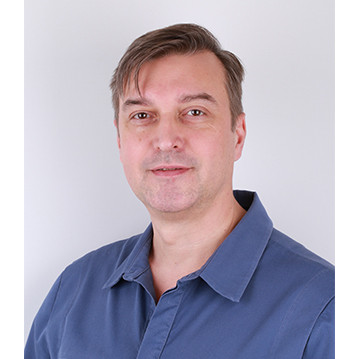
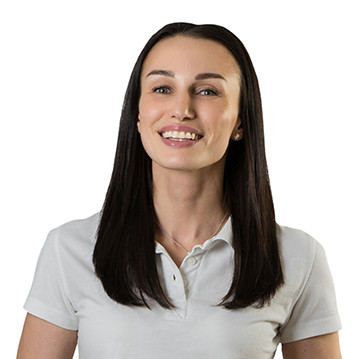
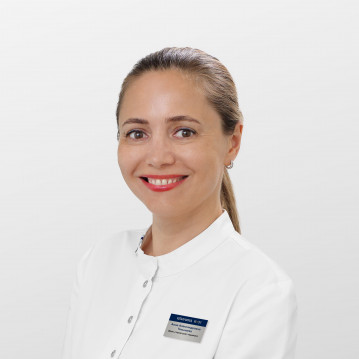
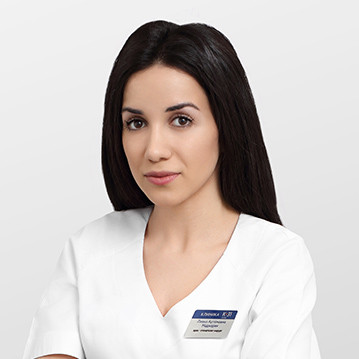
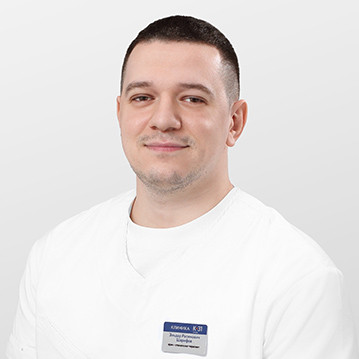
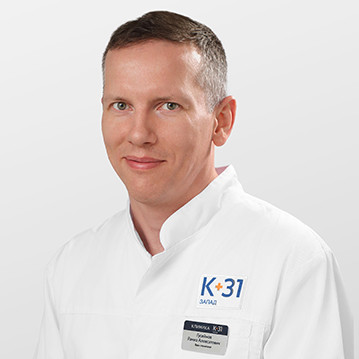
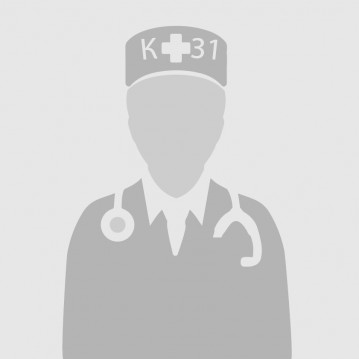
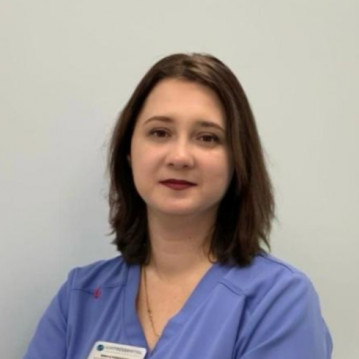
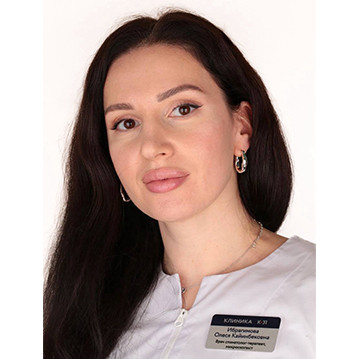
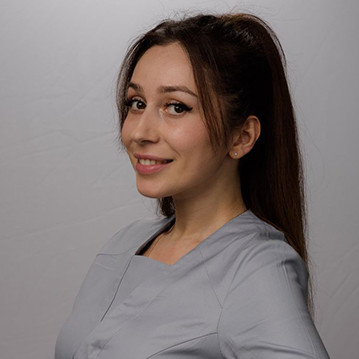
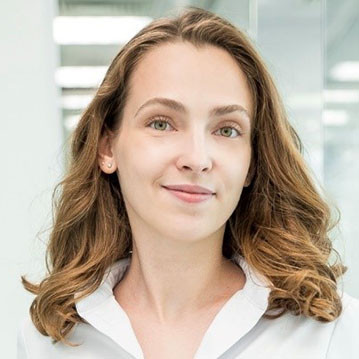
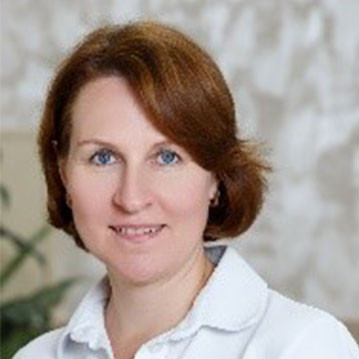
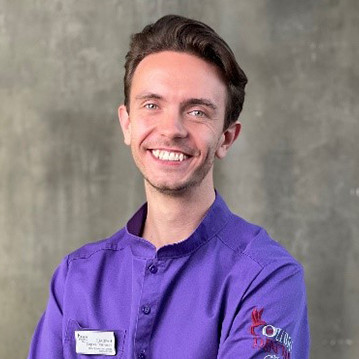
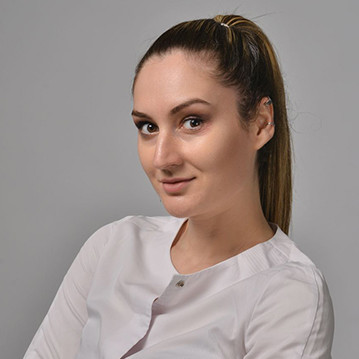

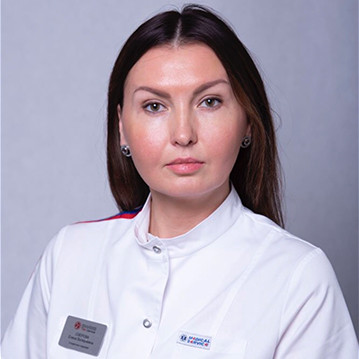
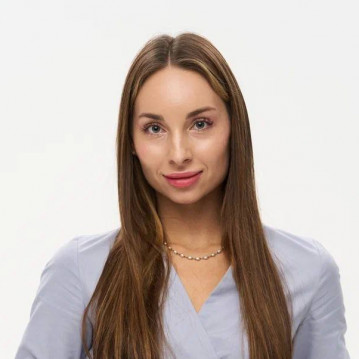
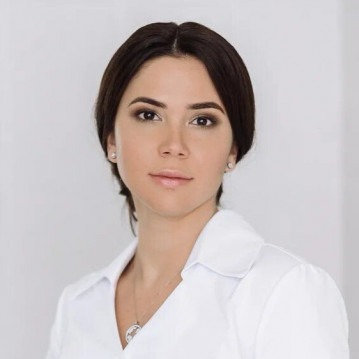

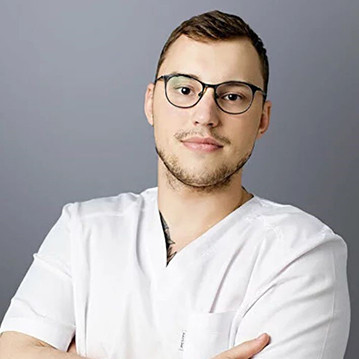


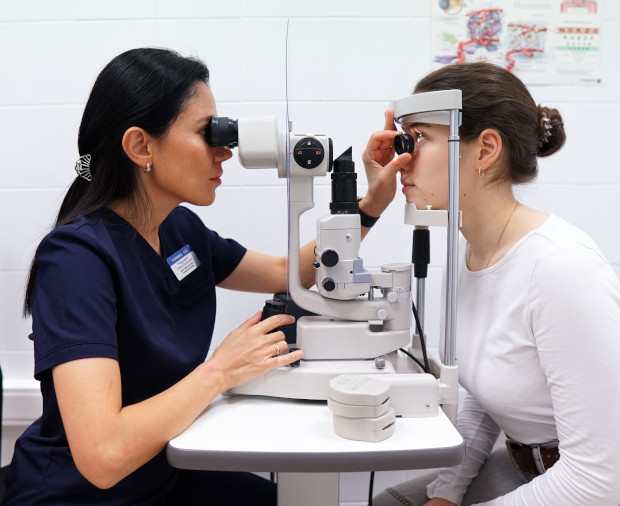


Factors causing the disease
Gum recession is a condition in which gum tissue recedes, exposing the roots of the teeth. This is not just an aesthetic problem, but also a factor that can provoke various diseases of the oral cavity. The reasons for this phenomenon are varied:
For prevention, regular dental examinations and careful oral care are important. At the first sign of a problem, you should consult a doctor, as attempts at self-medication can aggravate the situation and lead to serious complications.